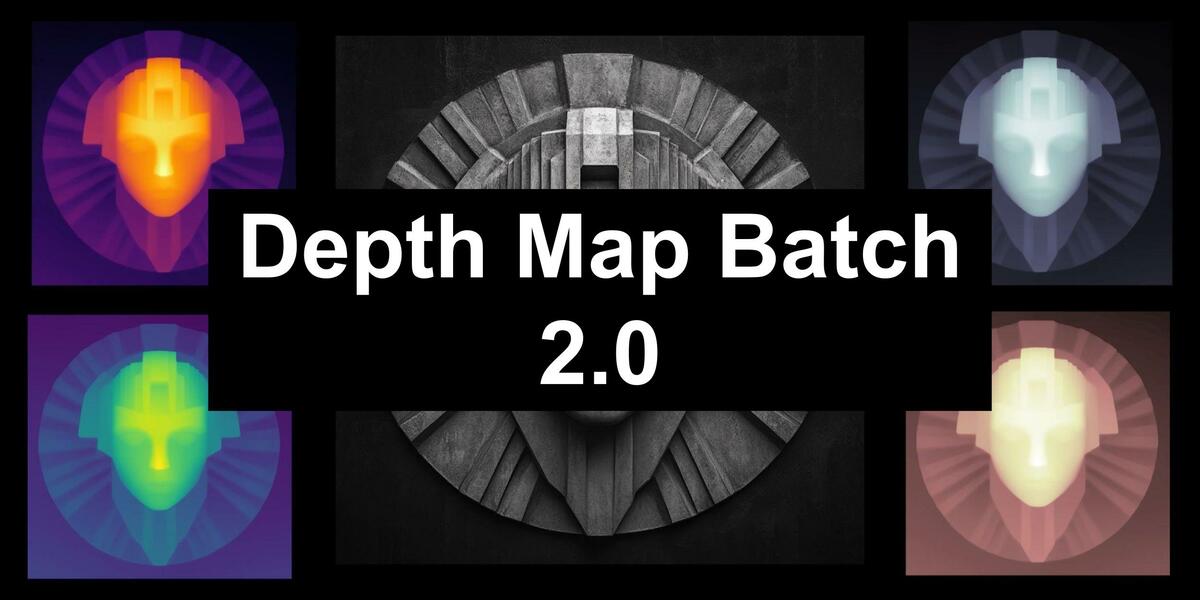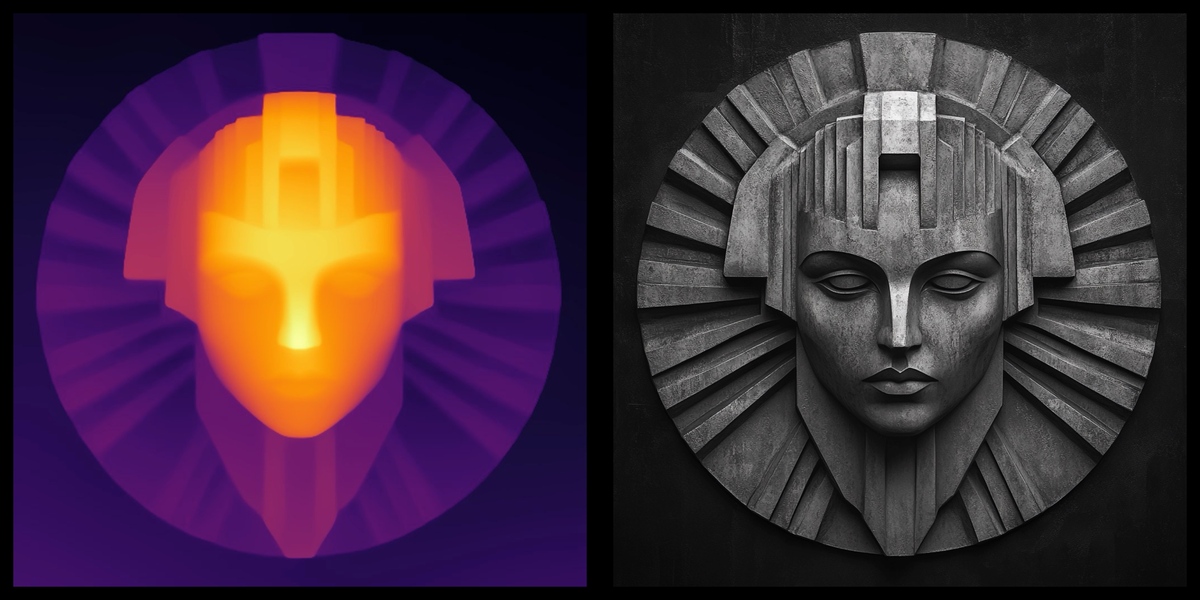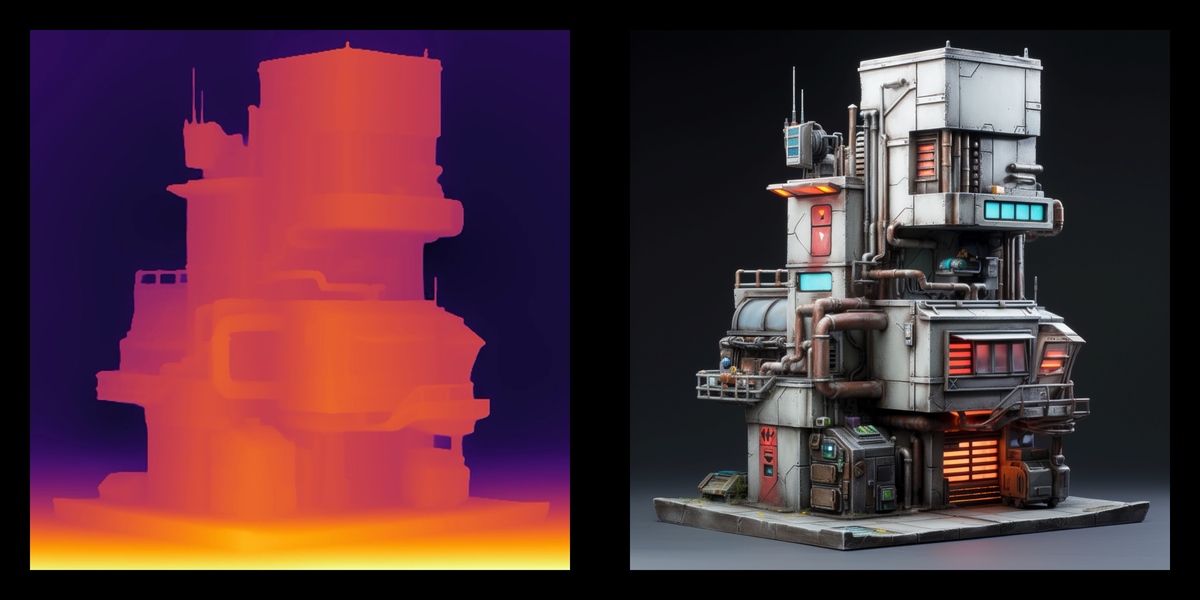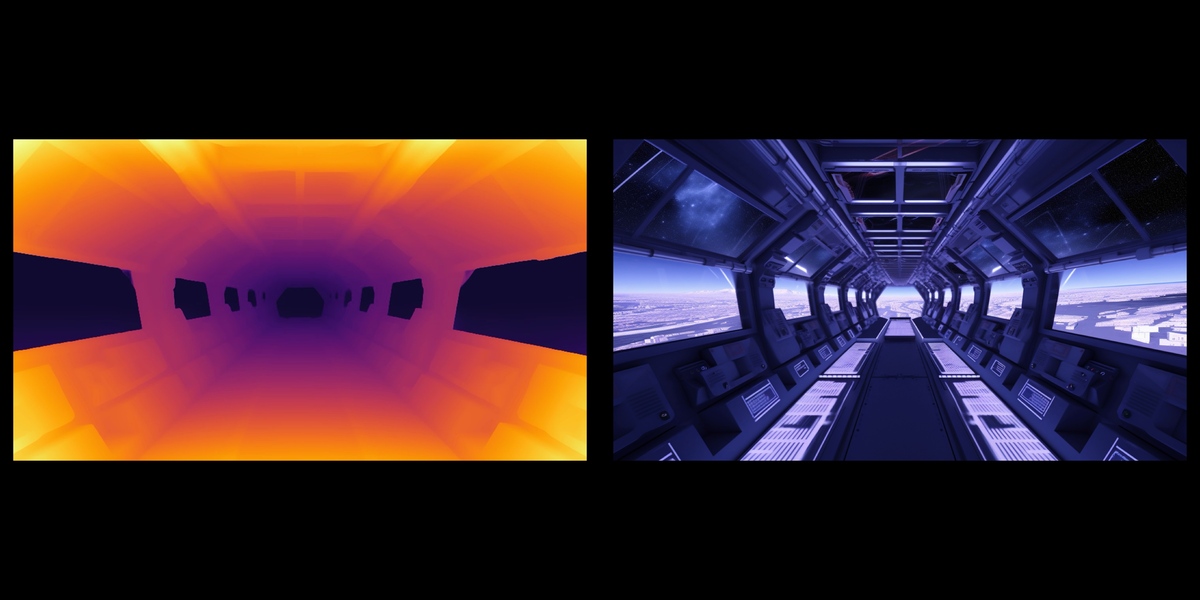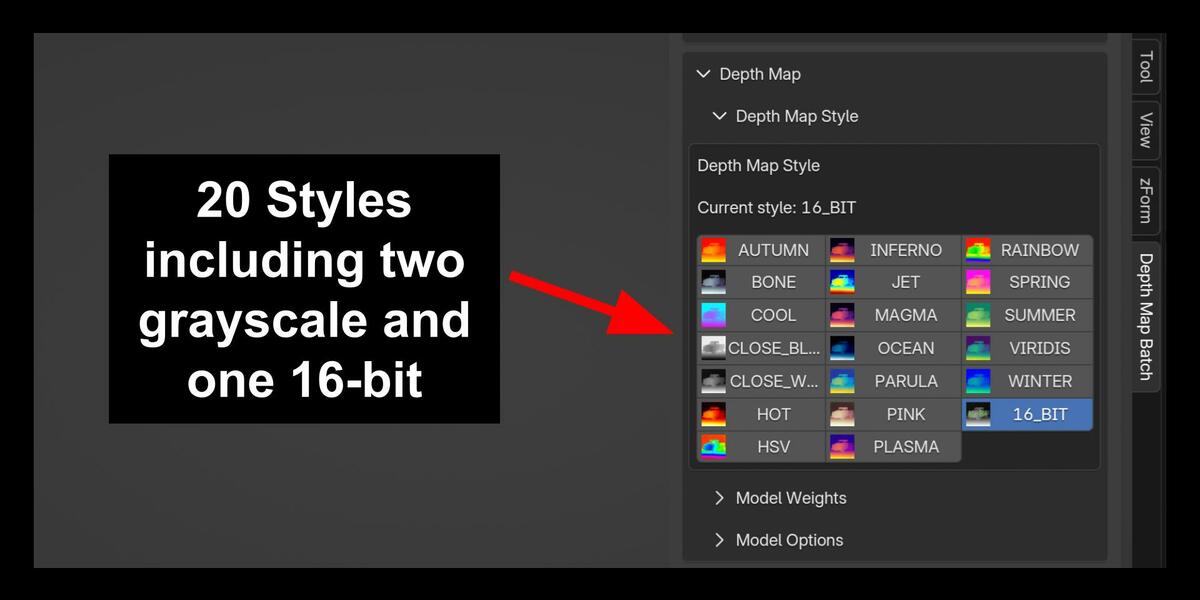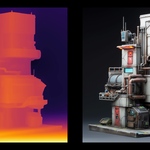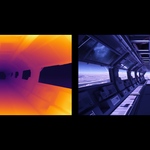Depth Map Batch For Images
Why are you requiring users to install Python packages instead of packaging all the libraries inside of the add-on?
I initially built this tool with all Python libraries packaged inside of the add-on using .WHL files for each operating system and versions of operating systems. However it got incredibly complex managing over 100+ wheel files across Python packages and the size of the actual addon was getting way too big to manage. Just the Pytorch library alone only on Linux was over 1 GB, and that's just for one library. In summary, it wasn't feasible to try to manage 100+ .WHL files across operating systems and machines if I wanted to scale and develop the tool further. That's why the libraries aren't packaged inside of the add-on.
And that decision has allowed me to keep the core code of the add-on lean and lightweight to install and update with new versions. Otherwise it's a pain not only for me, but also users as well.
Are dependency Python libraries installed right away when I install the add-on?
No. The necessary Python libraries to use the tool to generate depth maps is only installed after the user decides to either click on the "Install All Packages" button the the Preferences window, or the individual "Install" buttons for each library.
Which Python libraries are installed and required to use the tool?
In the Preferences window it displays all the Python libraries that will be installed after the user chooses to do so. Also, there's a little info icon for each library in the Preferences window that you can click on that will take you to the official page for each Python library. The libraries that will be installed include cffi, cycler, dateutil, facenet-pytorch, joblib, kiwisolver, matplotlib, mpmath, opencv, packaging, pillow, psutil, pycparser, pyparsing, pyyaml, scipy, six, sklearn, sympy, threadpoolctl, timm, torch, torchvision, tqdm, typing_extensions
